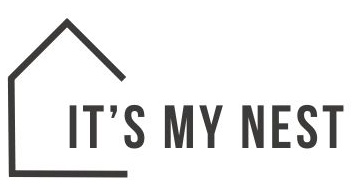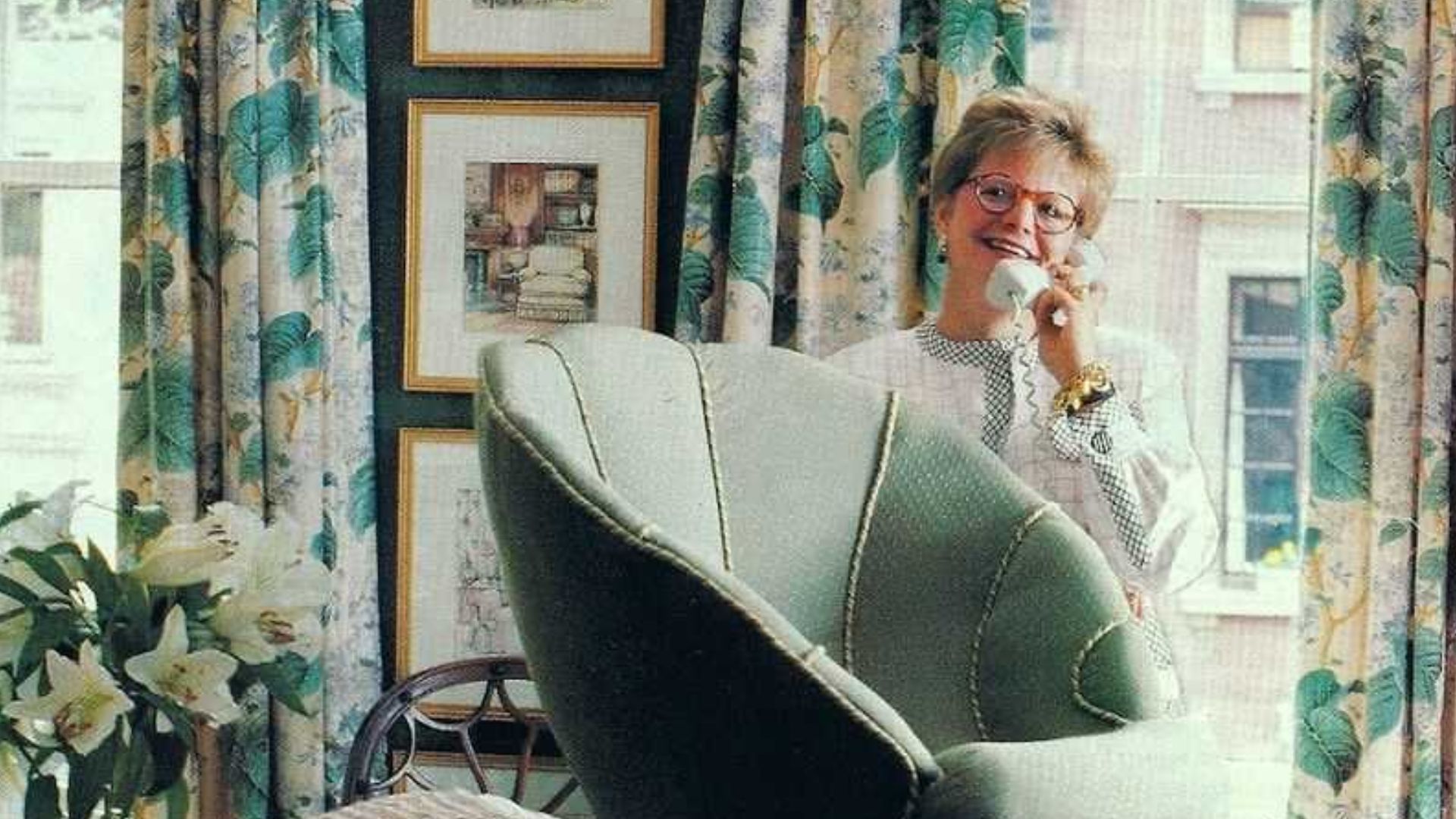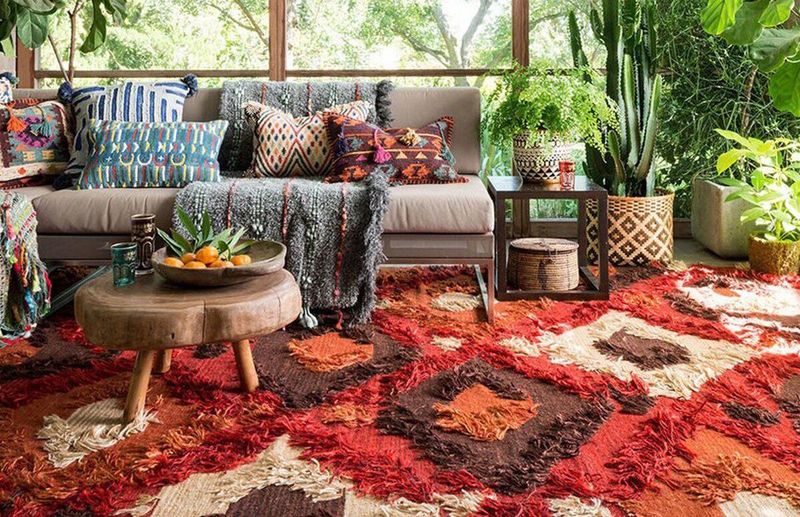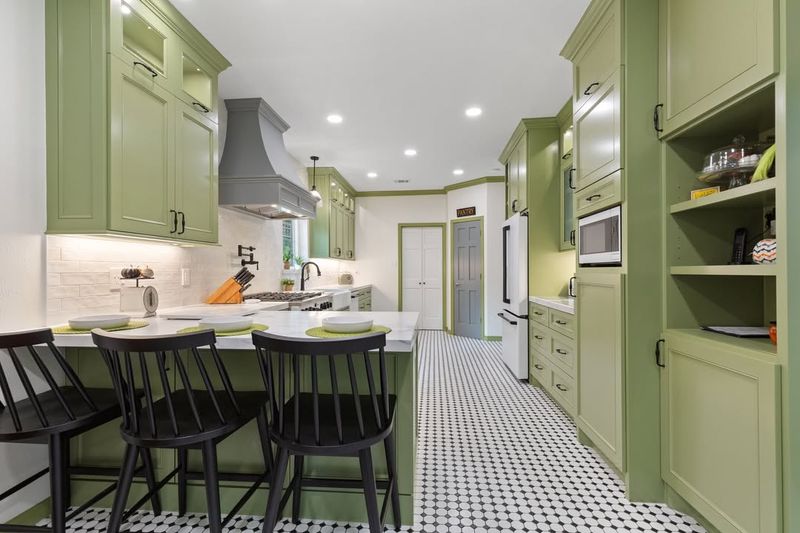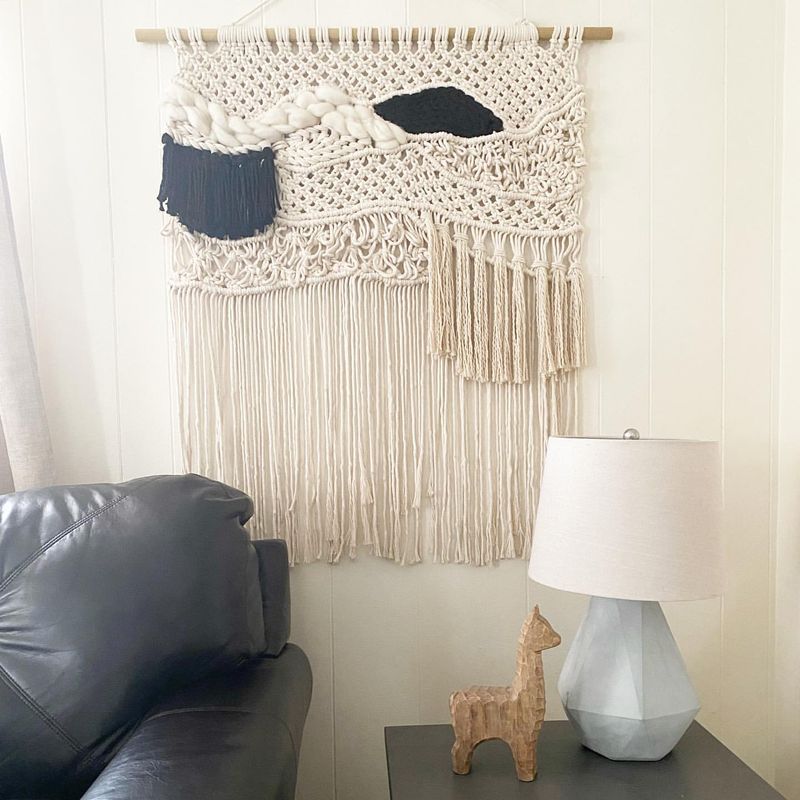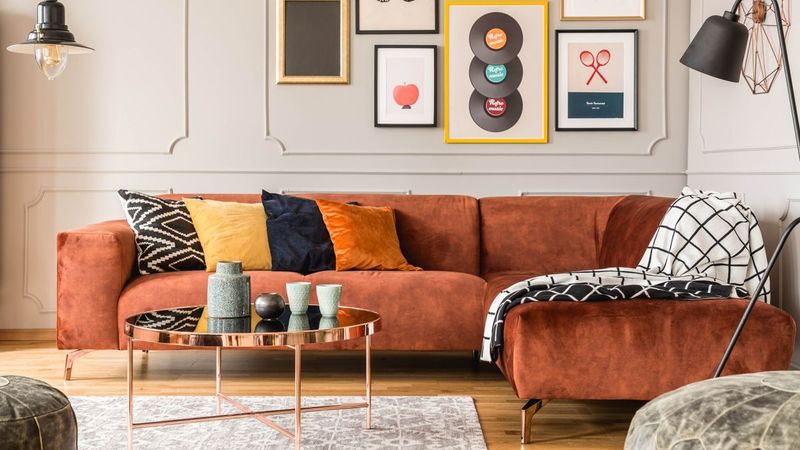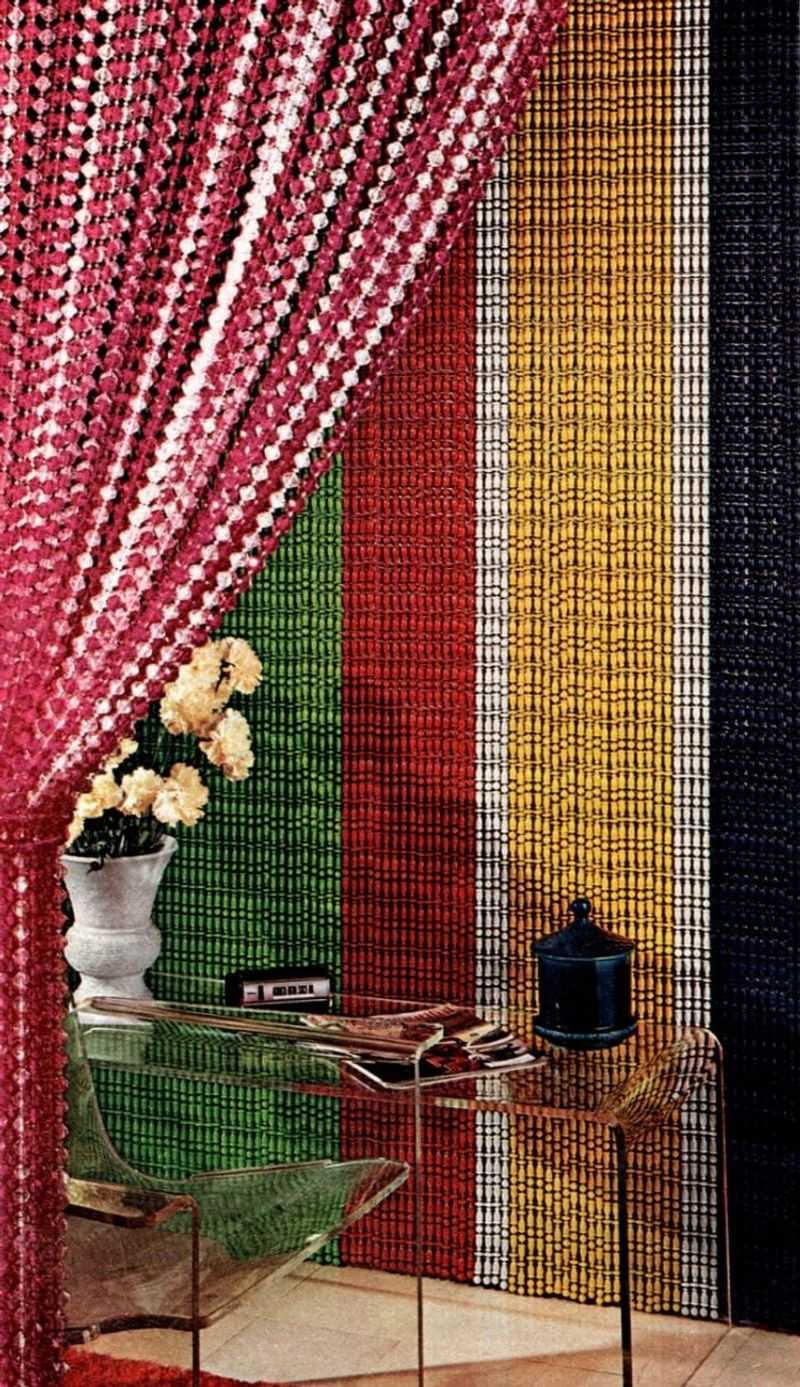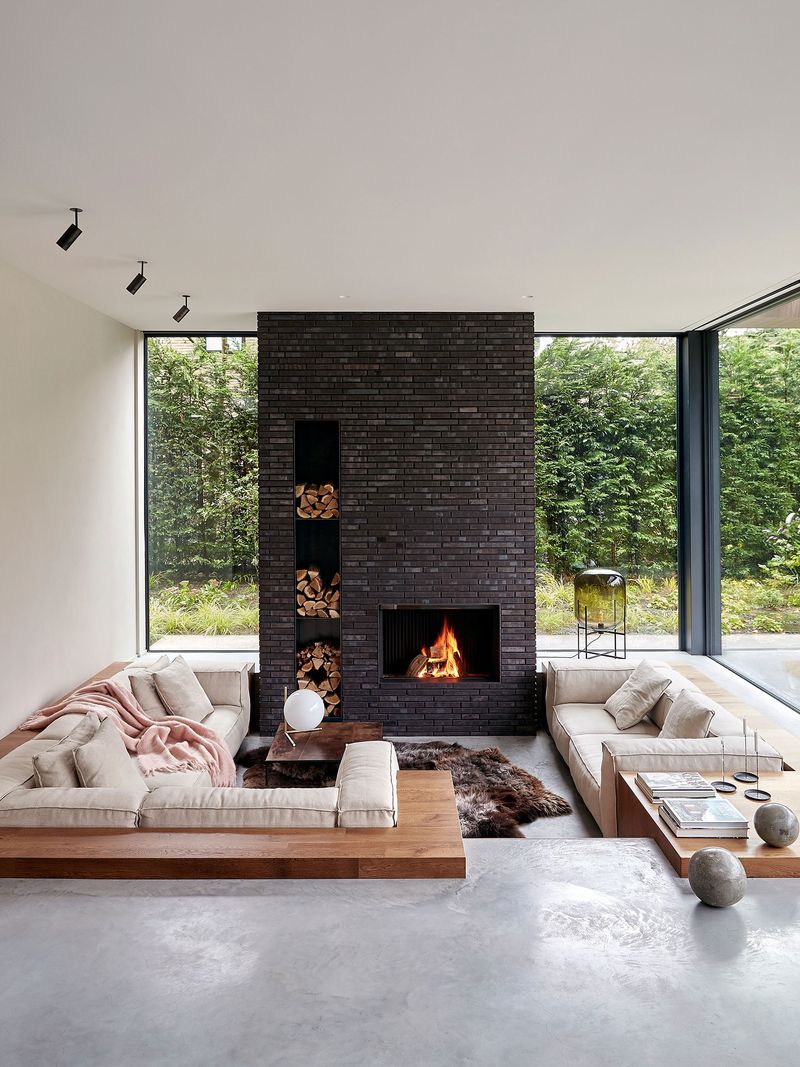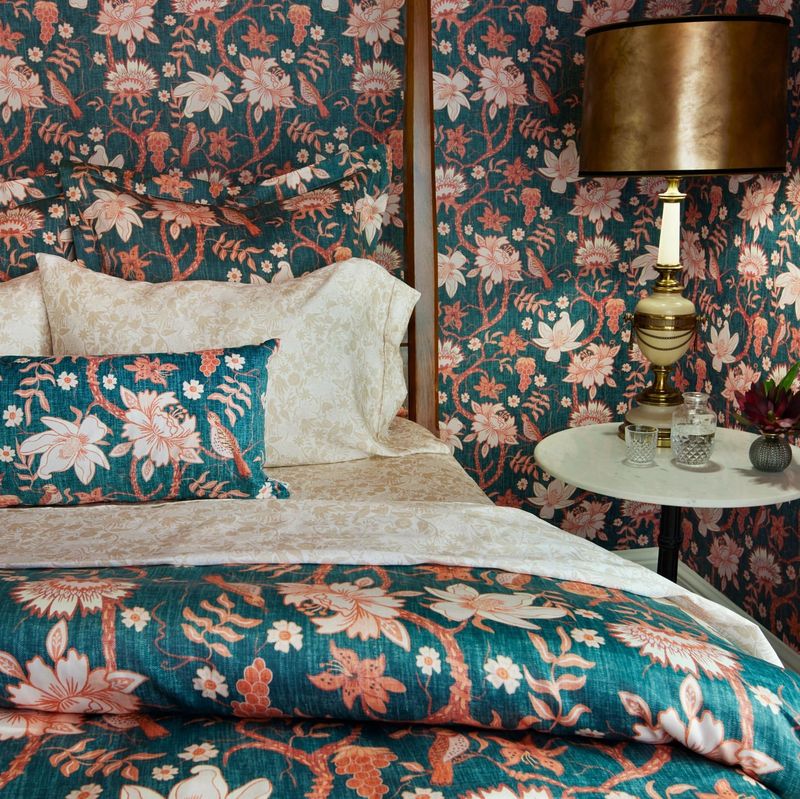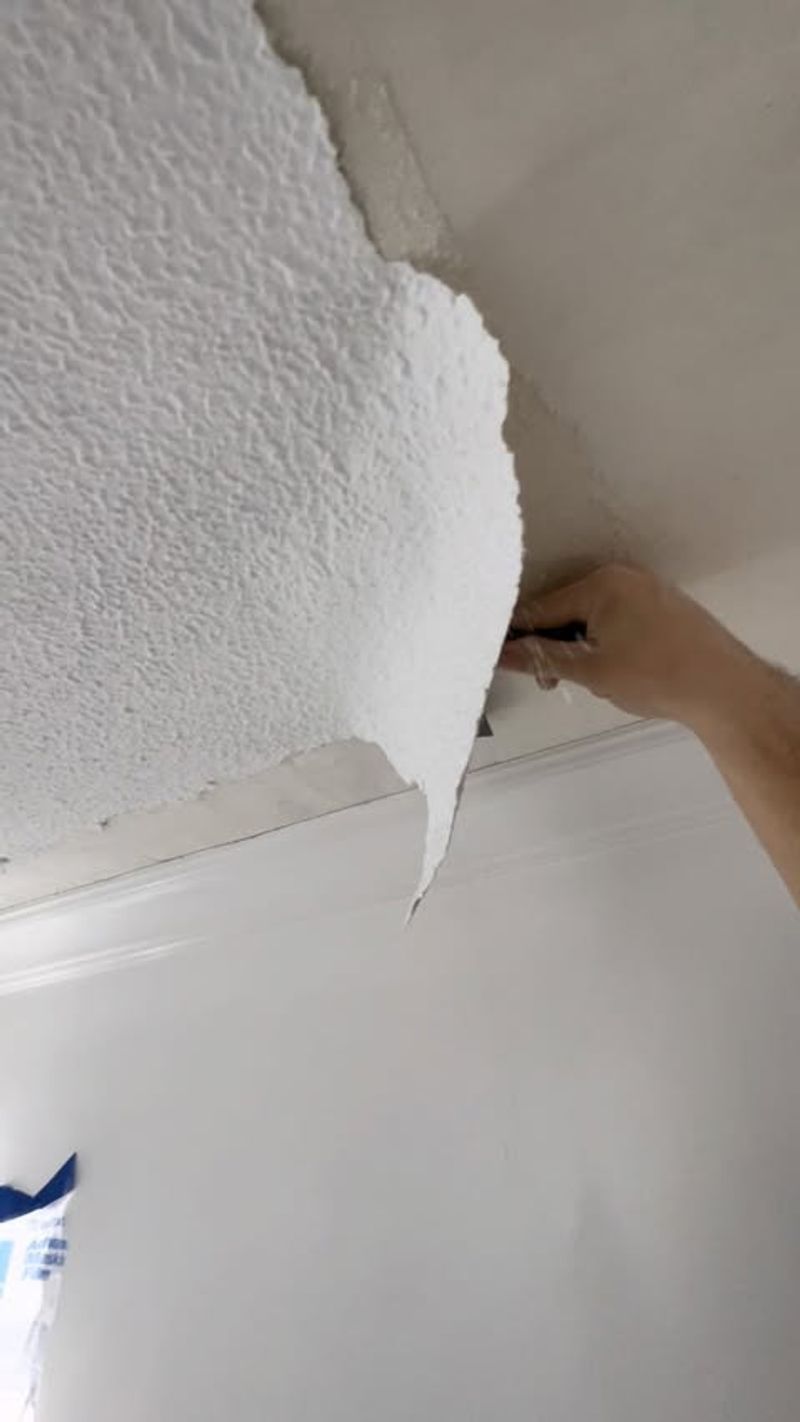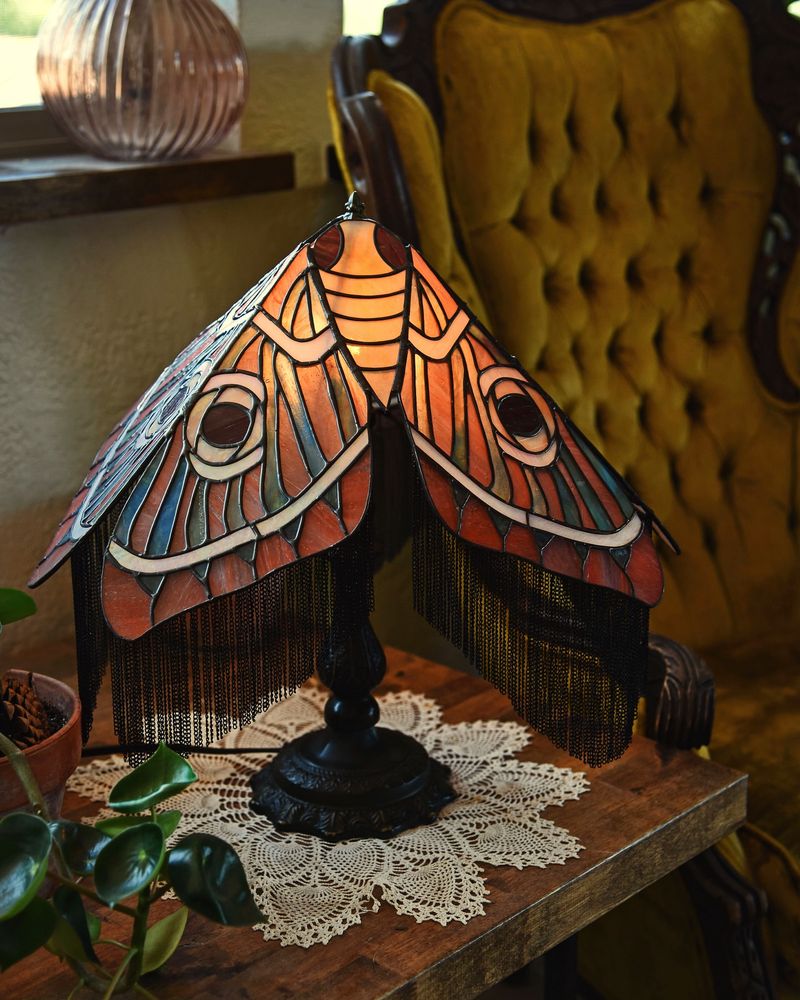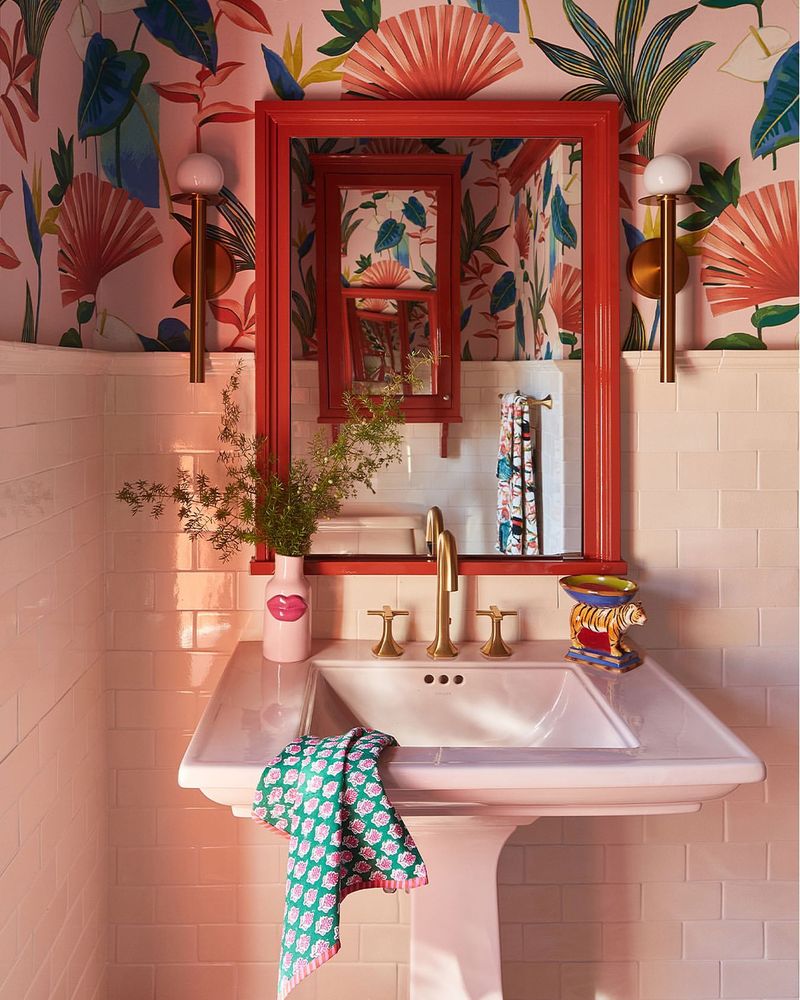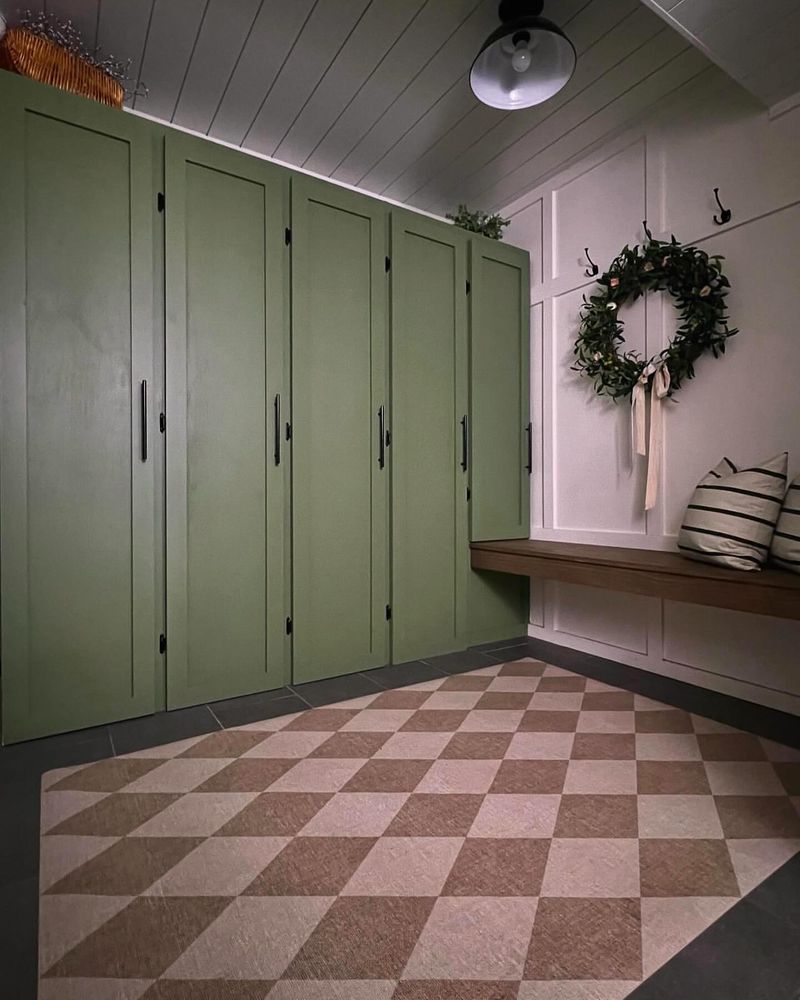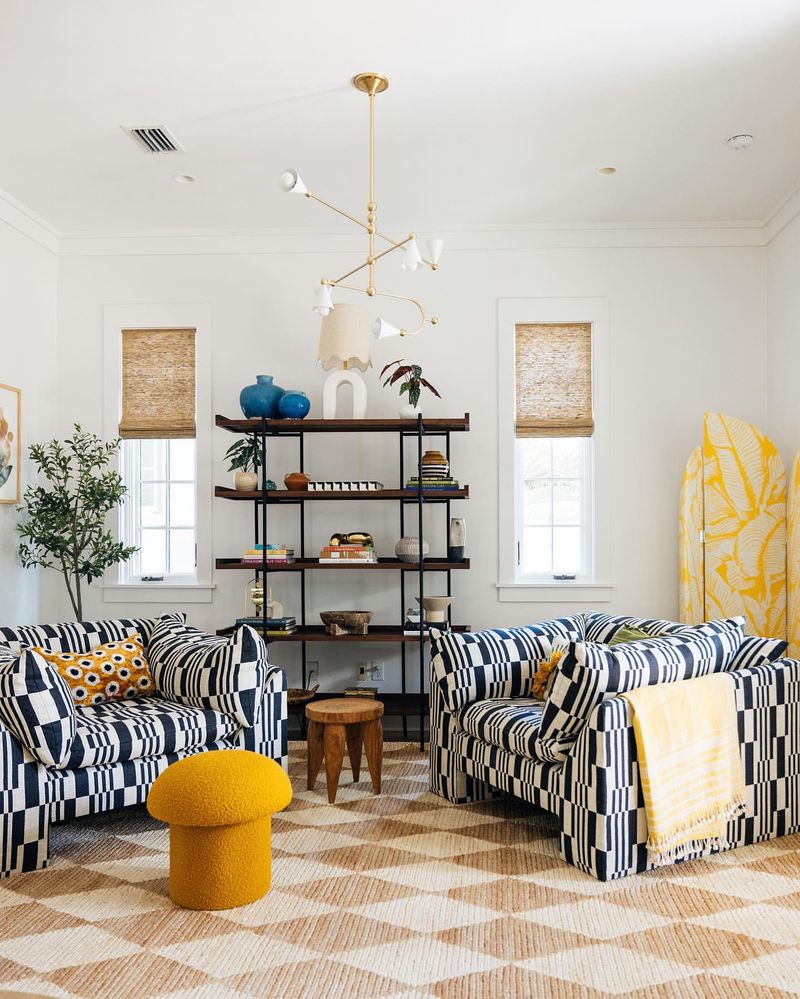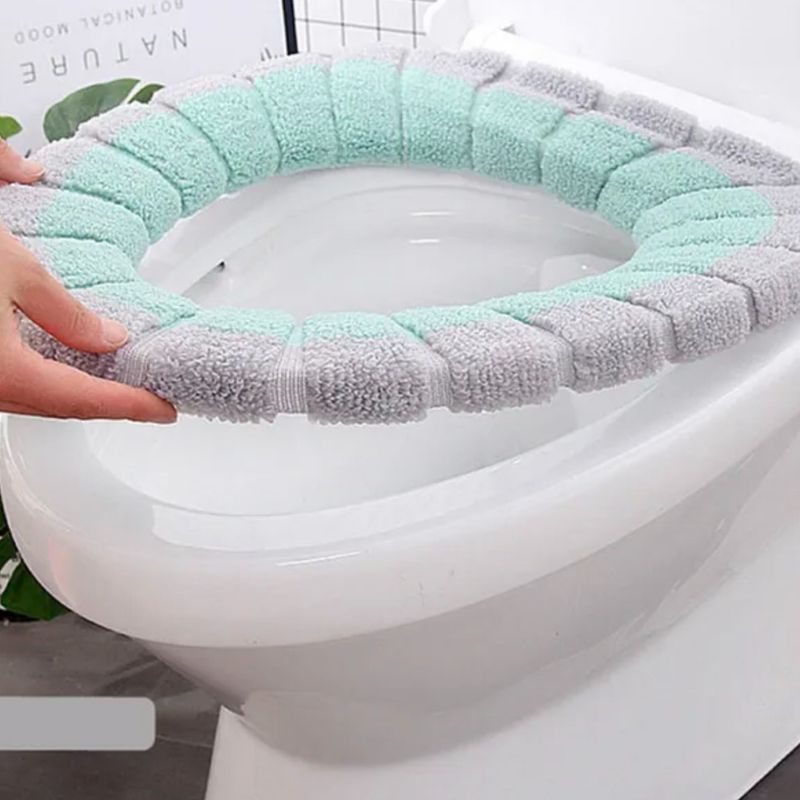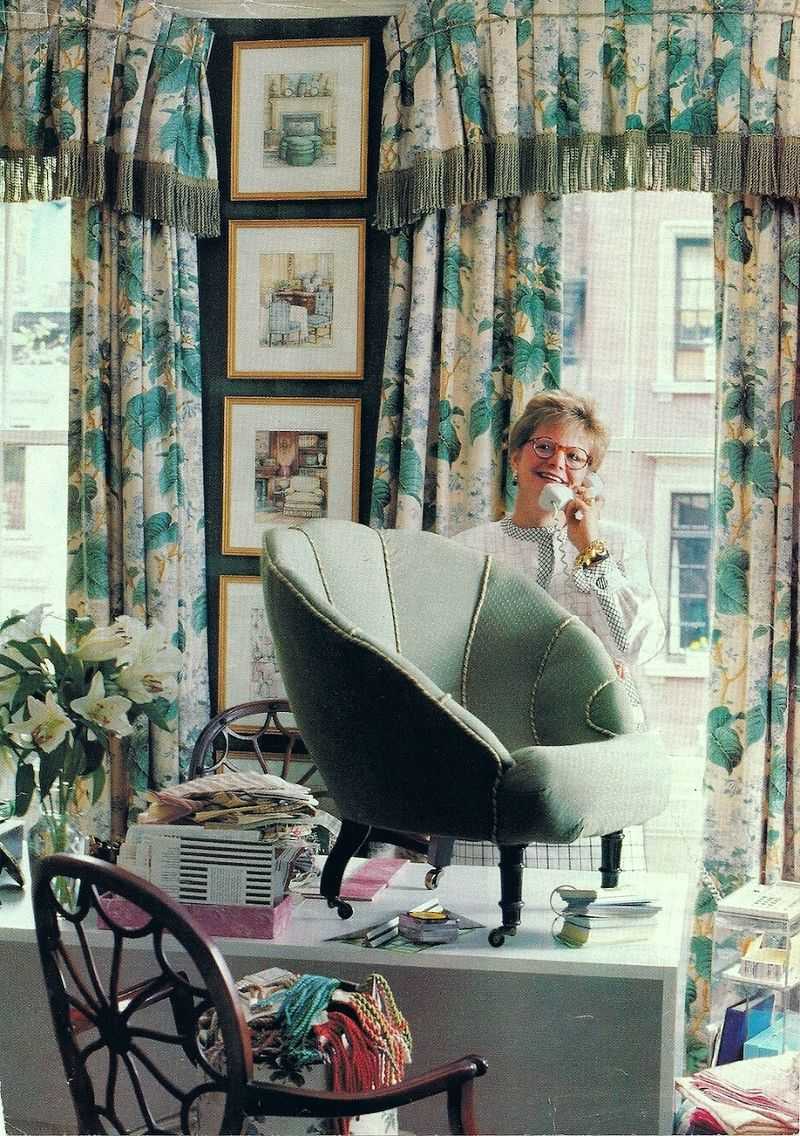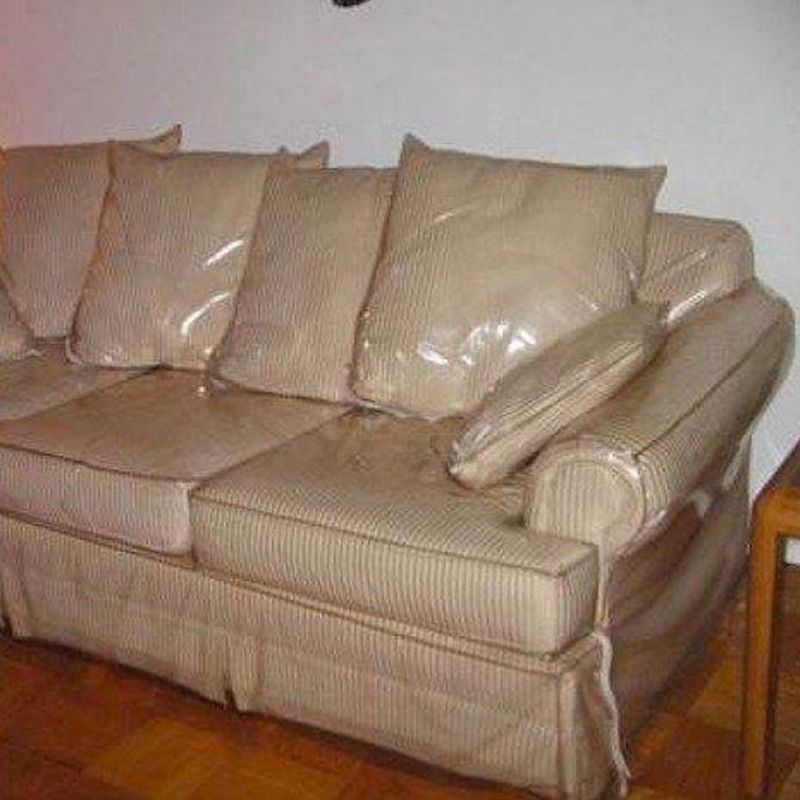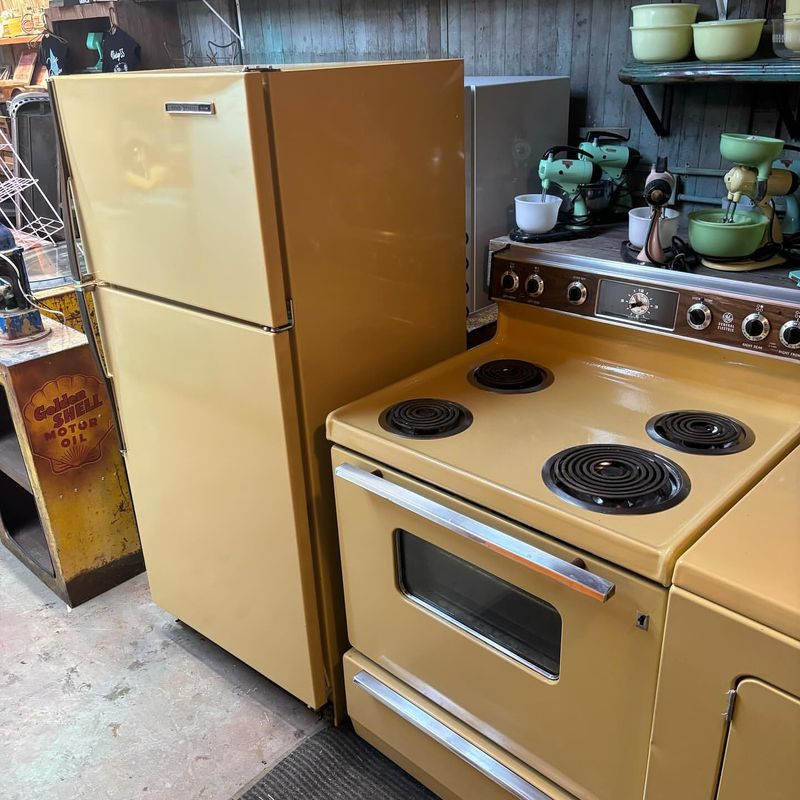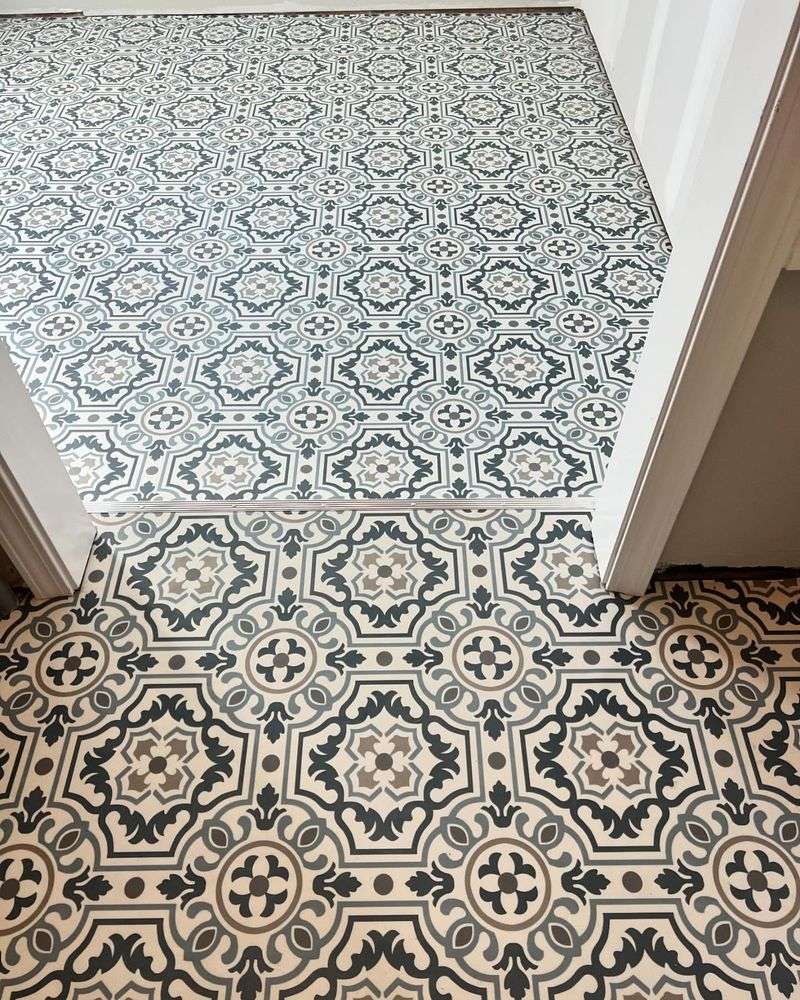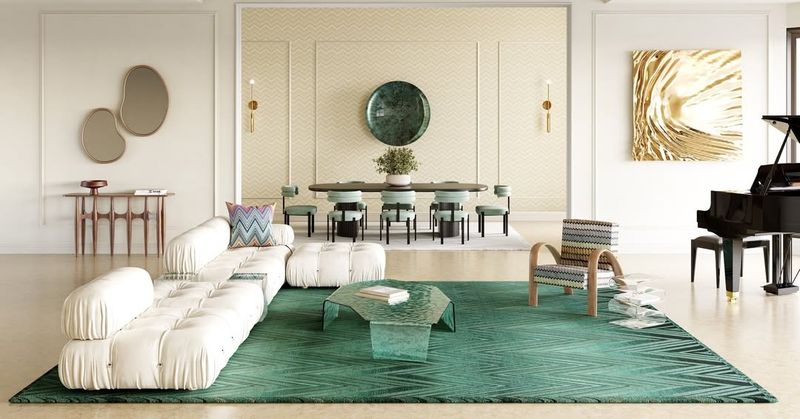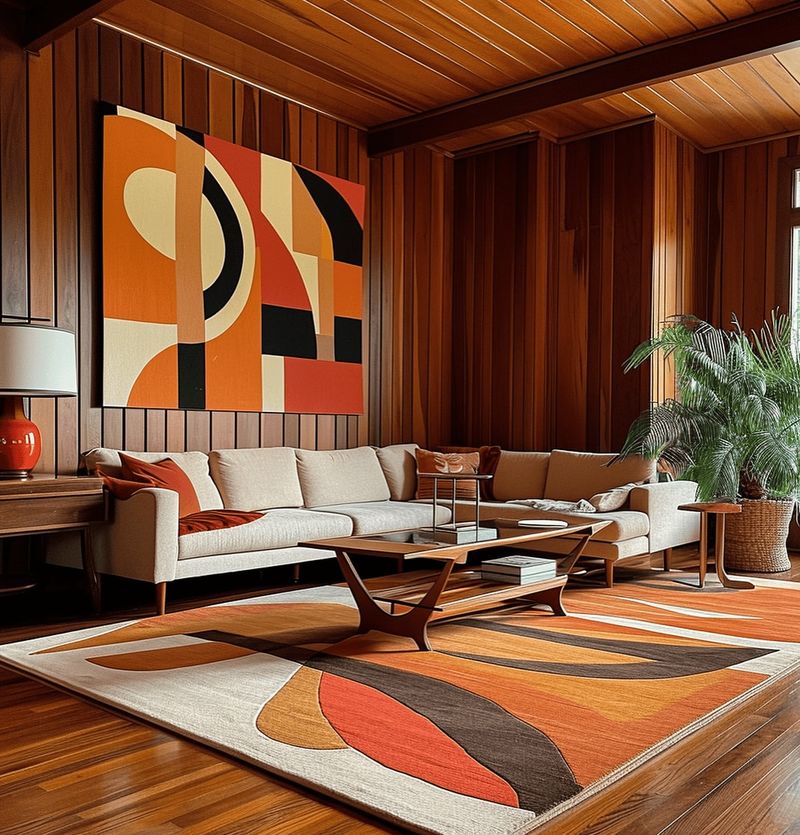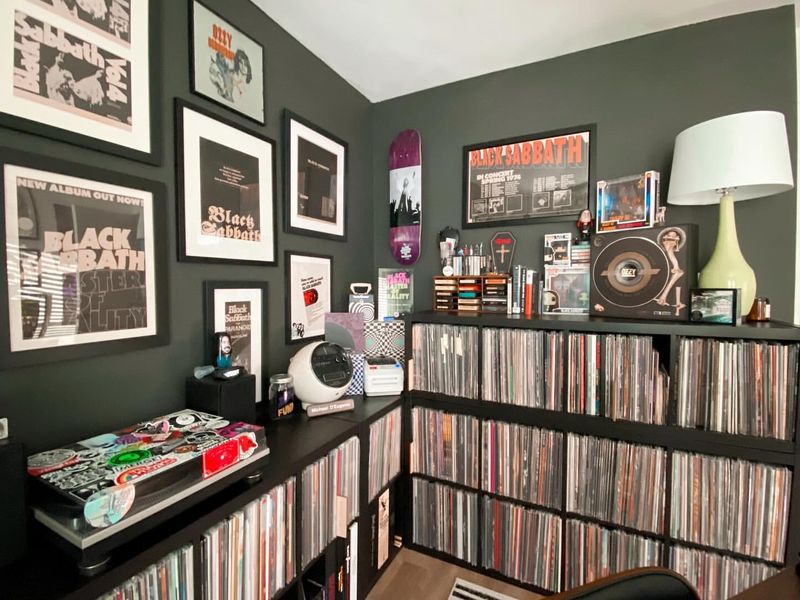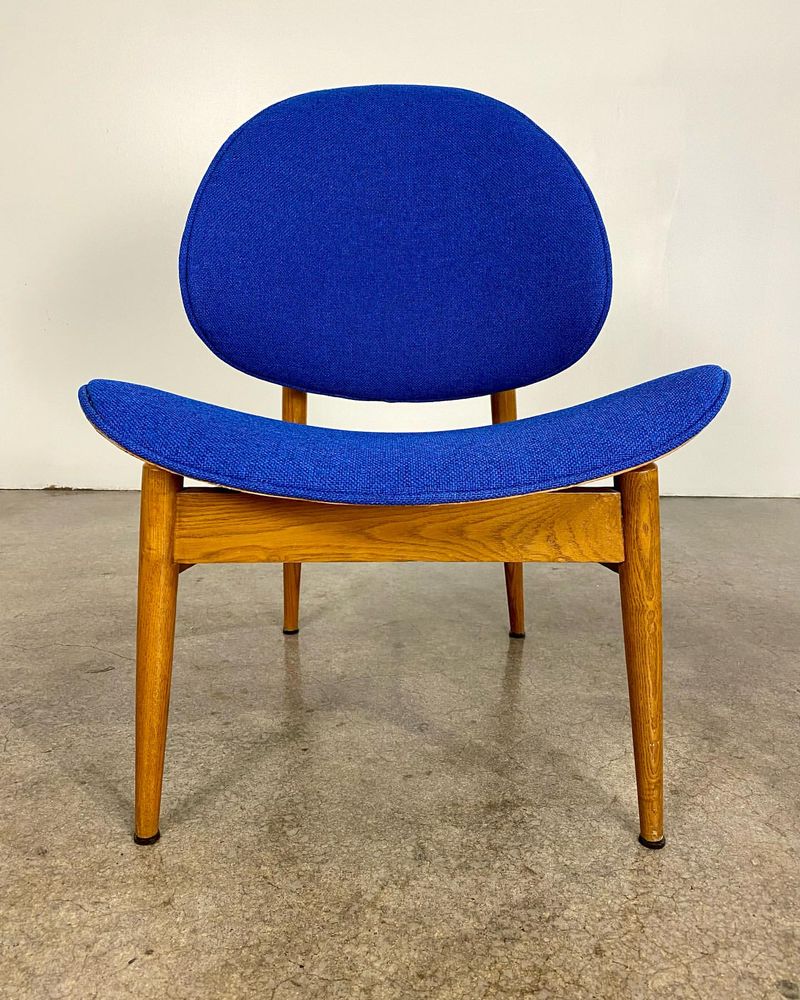Remember when shag carpets were all the rage? Or how about those avocado green appliances that seemed to whisper “I was cool once”? Join me on a hilarious journey through the quirky, colorful, and sometimes cringe-worthy design trends from half a century ago.
These are the styles that may have had their moment in the sun but should definitely stay in the history books. Buckle up for a laugh as we explore why some designs are best left as fond, or not-so-fond, memories.
1. Shag Carpets
Ah, the shag carpet – a relic of the 70s that tried to add texture but often ended up as a furry trip hazard. Its deep pile was notorious for hiding everything from crumbs to misplaced Lego pieces.
The idea was to introduce a cozy, luxurious feel to homes, yet it often turned vacuuming into an Olympic sport. Imagine your feet sinking into a shaggy abyss, never to be seen again. Yeah, let’s keep this one in the disco era where it belongs.
2. Avocado Green Appliances
The 1970s kitchen wouldn’t be complete without avocado green appliances, a shade that made every meal preparation feel like a trip back in time.
While it aimed to bring a natural, earthy vibe into our cooking spaces, it often ended up looking like a guacamole explosion. Today, we prefer our greens fresh and on the plate, not plastered across our kitchens. Let’s thank nostalgia for the memories and kindly leave these hues in the past.
3. Wood Paneling
Wood paneling was the epitome of sophistication, or so we thought, lining our walls with a touch of cabin fever.
Though it aimed to add warmth and rustic charm, it often felt like living inside a giant wooden box. The maintenance and darkening effect on rooms were less than delightful. Today, a splash of paint and open spaces breathe life into our homes instead of confining us in wooden caves.
4. Macramé Decor
Macramé was the quintessential DIY project that hung in every bohemian’s living room, offering a touch of artisanal charm.
While it brought texture and handmade appeal, it also collected dust like a pro. Today, we lean towards minimalism and clean lines, leaving the knotty nostalgia to those who still own a loom. Let’s admire these crafty creations in museums, not homes.
5. Velvet Furniture
Once a royal fabric, velvet was draped across every couch and chair, turning living rooms into tactile wonderlands.
Though it offered a plush texture, it also demanded constant care. Velvet attracts dust and pet hair like a magnet, making maintenance a chore. Today’s furniture trends prioritize low-maintenance materials that withstand the test of time, leaving velvet as a luxurious, albeit impractical, option for modern homes.
6. Beaded Curtains
Beaded curtains transformed doorways into interactive art installations, adding a splash of color and texture.
The gentle clinking sound was charming, yet they offered zero privacy and more than a few tangled moments. Today’s open floor plans value fluid space over jingling barriers, making beads a fun memory rather than a staple decor item.
7. Sunken Living Rooms
The sunken living room was the ultimate statement of cool, offering a cozy pit for social gatherings.
While it added architectural interest, it also invited tripping hazards and awkward spills. Modern design embraces seamless floor transitions, favoring safety and accessibility over quirky, sunken spaces. Let’s leave this trend in the annals of funky design choices.
8. Floral Wallpaper
Floral wallpaper was like wrapping your home in a botanical garden, often with dizzying results.
While it added color and pattern, it also overwhelmed spaces and clashed with modern tastes. Peeling and bubbling were common woes. Today, we opt for subtlety and clean elegance, letting the outdoors remain outdoors. Floral prints are best enjoyed in moderation, not plastered wall-to-wall.
9. Waterbeds
Waterbeds promised a sleep experience like floating on a lake, gaining popularity for their novelty and comfort.
However, they often led to backaches and leaks, causing more trouble than tranquility. The sloshing sound and maintenance woes were far from restful. Modern mattresses offer superior support without the risk of indoor floods. Let’s let waterbeds drift away with tide of outdated trends.
10. Popcorn Ceilings
Popcorn ceilings, also known as stucco, were all about adding dimension but often resulted in a dusty mess overhead.
The texture trapped cobwebs and yellowed with age, making it a cleaning nightmare. Today, smooth ceilings reign supreme, offering a fresh and open look that suits modern aesthetics. Popcorn is best enjoyed at the movies, not on ceilings.
11. Wicker Furniture
Wicker furniture graced patios and sunrooms, promising a natural and breezy aesthetic.
While it exuded charm, it was prone to fraying and fading, requiring constant upkeep. Modern outdoor furniture prioritizes durability and comfort, using materials that withstand the elements. Wicker remains a lovely accent in moderation, but its heyday as a staple is firmly in the past.
12. Stained Glass Accents
Stained glass windows added a splash of color and artistry to homes, creating stunning light displays.
However, they often clashed with contemporary designs and required careful cleaning. Today’s windows favor clarity and energy efficiency, letting natural light steal the show. Stained glass shines brightest in cathedrals and art pieces, not everyday living spaces.
13. Mirror Walls
Mirror walls aimed to make spaces feel larger and more luxurious, bouncing light around the room.
However, they often felt overwhelming and required constant cleaning to avoid smudges. Modern interiors value open layouts and light palettes, using mirrors sparingly. Leave these reflective giants in the era of disco balls and dance floors, where they dazzled best.
14. Inflatable Furniture
Inflatable furniture brought a playful and futuristic vibe to 1970s interiors. These quirky pieces were often made from translucent plastic and came in bright colors, appealing to the youthful spirit of the time. While they were fun, these items lacked durability and comfort.
Fast forward to today, and inflatable furniture is viewed more as a novelty or outdoor option rather than a staple of interior design. The emphasis in modern furniture design is on quality and comfort, making inflatable furniture seem impractical.
While these items were all about fun, they remind us that trends should be both stylish and functional to stand the test of time.
15. Brightly Colored Bathrooms
Brightly colored bathrooms were a hallmark of the 70s, transforming personal spaces into vibrant rainbows.
While these hues added personality, they often clashed with modern tastes and proved difficult to update. Today, neutral palettes and sleek designs create serene, timeless retreats. Let’s cherish the memories of technicolor toilets without revisiting them in reality.
16. Checkerboard Kitchens
Checkerboard floors brought retro flair to kitchens, setting the stage for culinary creativity.
However, maintaining the contrast was a challenge, and the pattern often felt busy. Modern kitchen designs value simplicity and continuity, using subtle flooring to enhance the overall aesthetic. Checkerboard remains a playful nod to nostalgia but is best left as a design accent.
17. Faux Wood Vinyl
Faux wood vinyl floors aimed to offer the beauty of hardwood without the cost, adorning many a kitchen.
However, they often looked cheap and wore down quickly. Today’s flooring options prioritize durability and authenticity, offering materials that stand the test of time. Vinyl remains a versatile choice but is best used in modern, innovative designs rather than dated imitations.
18. Bold Geometric Patterns
Geometric patterns exploded onto the design scene, offering a bold and vibrant aesthetic.
While they added dynamic interest, they often overwhelmed spaces and clashed with modern tastes. Today, we embrace subtlety and elegance, using patterns to complement rather than dominate. Geometric designs have evolved, leaving behind the dizzying chaos of the past.
19. Fuzzy Toilet Covers
Fuzzy toilet covers promised comfort and whimsy, softening the bathroom experience.
However, they collected dust and germs, proving less than hygienic. Today’s bathroom designs focus on cleanliness and simplicity, offering no-fuss solutions that enhance hygiene. Fuzzy covers have retreated to the realm of kitsch, best appreciated as quirky relics of the past.
20. Chintz Fabrics
Chintz fabrics draped over every surface, offering floral fantasies at every turn.
While they added color, they also felt stuffy and old-fashioned, clashing with contemporary tastes. Today’s interiors favor clean lines and understated elegance, letting fabrics complement rather than overwhelm. Chintz has its place in history but is no longer the fabric of modern dreams.
21. Plastic Slipcovers
Plastic slipcovers were the ultimate in furniture protection, safeguarding against spills and stains.
However, they often felt uncomfortable and squeaky, detracting from the comfort of home. Today’s upholstery options focus on durability and design, offering fabrics that withstand daily life without needing a plastic shield. Slipcovers have slipped out of style, a relic of overzealous preservation.
22. Harvest Gold Appliances
Harvest gold appliances were the golden standard of the 70s, bringing a warm glow to kitchens.
While they aimed to offer a cozy aesthetic, they often felt dated and clashed with modern palettes. Today’s kitchens embrace sleek, stainless steel and energy-efficient designs, leaving these golden relics as fond memories of culinary past.
23. Patterned Linoleum
Patterned linoleum floors were a staple, offering a splash of personality underfoot.
While they added color and flair, they often wore down quickly, proving less than durable. Modern flooring solutions prioritize longevity and style, offering materials that enhance spaces without overpowering them. Linoleum has taken a step back, a fond memory of playful, if impractical, design.
24. Crochet Blankets
Crochet blankets offered warmth and homemade charm, gracing every couch and bed.
While they provided comfort, they also collected dust and dated spaces. Today’s interiors prioritize sleek, easy-care textiles that enhance modern aesthetics. Crochet remains a beloved craft, best enjoyed in small doses, not draped over every surface.
25. Bold Carpet Colors
Bold carpet colors brought vibrancy and personality to floors, setting the stage for lively interiors.
However, they often clashed with modern tastes and proved challenging to update. Today’s homes value neutral palettes and timeless designs, allowing furnishings to shine. Brightly colored carpets are a whimsical memory of the past, best left as a playful nod to nostalgia.
26. Lava Lamps
Lava lamps were the epitome of cool, their bubbling glow a hypnotic centerpiece in any room.
While they added a groovy touch, they also felt more like novelty than necessity. Today’s lighting designs focus on function and form, offering ambiance without the kitsch. Lava lamps remain a fun retro accessory but have bubbled out of everyday style.
27. Brown and Orange Color Schemes
Brown and orange color schemes dominated the 70s, bringing earthy warmth to interiors.
While they aimed to offer coziness, they often felt dated and overwhelming. Today’s interiors favor lighter, more neutral tones that create airy and open spaces. The brown and orange duo is a nostalgic reminder of the past, best appreciated as a quirky color palette of yesteryear.
28. Vinyl Records
Vinyl records spun the soundtrack of the 70s, their analog charm a defining feature.
While they offered rich sound, they also required careful handling and storage. Today’s music is digital and portable, offering convenience without sacrificing quality. Vinyl remains a beloved hobby for collectors but has stepped aside as the main medium of musical enjoyment.
29. Clamshell Motif Furniture
Clamshell motif furniture added a touch of whimsy, their curved shapes inviting relaxation.
While they offered a unique aesthetic, they often felt bulky and out of place in modern settings. Today’s furniture designs value sleek lines and versatile pieces that enhance spaces. Clamshell motifs have retreated to the sea of past trends, best admired as quirky design choices of yesteryear.
